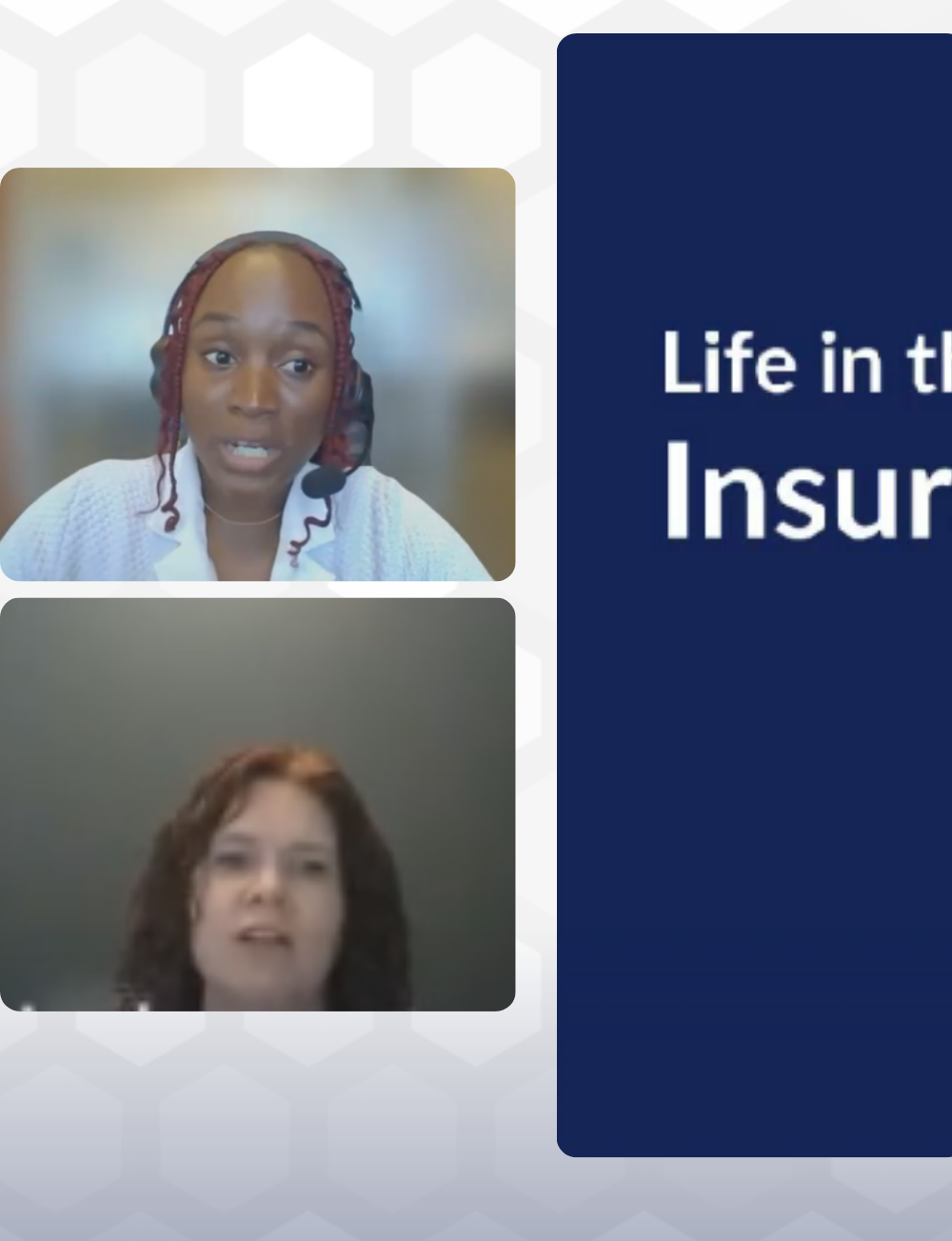Special Education and ESL Programs
%252520(1).webp)
The Resource Center content, including all videos and other media, is for informational purposes only. You should not construe any such information or other material as legal, tax, investment, financial or other advice. The advice and information contained in the Resource Center is not a substitute for advice from a professional who is aware of the facts and circumstances of your individual situation
Transcript
This video, we will shed some light on a vital cornerstone of the education system. Special education services and other support services offered to students.
These services play a pivotal role in ensuring that every student regardless of their ability can learn and thrive.
Students who qualify for special education can be offered an individualized education program.
Also referred to as an IEP, an IEP is a personalized plan created to meet the unique needs of the student with disabilities. It is a plan created for the student that outlines educational goals services and support tailored to each student's strength and challenge.
Here's what you should know about IEP.
An IEP has personalization that is tailored to the specific need of each student. It takes into account their learning styles, strengths, and areas where they need additional assistance.
It is taken with a collaborative approach where parents, teachers, specialists, and often the students themselves come together to develop the IEP. This collaborative effort ensures that everyone's insight is contributing to the student's success.
They are set with clear goals in mind for the student's academic behavioral and functional development. They also detail the specialized services, accommodation, and supports to achieve those goals.
The IEP also will include methods for tracking the student's progress.
And finally, inclusion and empowerment. IEPs are to foster an inclusive environment where students with disabilities are empowered to participate in mainstream classrooms and school activities.
Support for students with disabilities also can extend beyond the classrooms. Schools provide a range of services that include accommodations, These are adjustments made to the learning environment or materials to ensure that the student can access and engage with the curriculum.
Specialize instructions. Students might receive specialized teaching methods or resources to address their individual learning needs.
Therapies. Some students might require speech, occupational or physical therapies to enhance their communication and motor skills.
And finally, behavioral interventions strategies are employed to help students manage behavior and develop social skills.
The goal of these services and programs are to provide education to all students.
Another support service provided to students is English as a second language. An ESL program, which stands for English as a Second Language program, is an educational initiative designed to help individuals who are non native speakers of English, acquire the language skills they need to communicate effectively and English speaking environments.
These programs are offered to students of all ages ranging from school age to adults.
And they aim to develop the four key language skills, listening, speaking, reading, and writing.
ESL assessments are tests used to evaluate how well someone can understand and use the English language if it's not their native language. These tests help determine the level of English perceived efficiency.
There are different types of ESL assessments that are given.
Depending on the student's need.
For school age children, ESL programs are tailored to individual needs. Certified teachers play a pivotal role in developing targeted instructions either with a specialized classroom or in collaboration with traditional classroom set needs. This personalized approach ensures that each student's language development is nurtured effectively.
In the case of adults, ESL classes are available for community college or adult education departments.
These classes are often accessible online and cater to individuals who wish to improve their English skills. The enrollment programs generally involve an assessment to determine the approach level of instruction ensuring that adult learners receive education that aligns with their current language abilities.
By offering ESL programs for both students and adults, communities foster supportive and inclusive environment where language barriers are overcome, and individuals are empowered to fully participate in education and professional opportunities.
Finally, on this slide, you will see some additional resources provided by the US Department of Education that has specialized office for special education and English language acquisition.
Related Resources
Keep Exploring More Resources
Looking for more guidance? Browse our full collection of resources to support you throughout your journey.
.webp)





.png)
.webp)